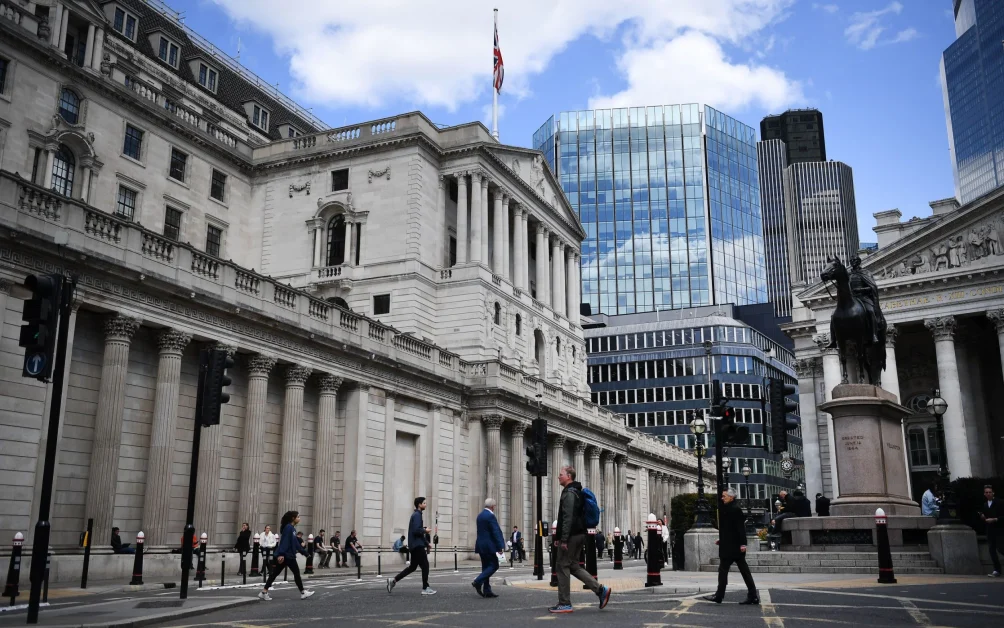Coming off the back of two years of intermittent lockdowns, public health care units strained to breaking point and the Russian attack on Ukraine driving energy prices skyward, the UK economy is in a bad way. All signs point toward an economic recession, and we’ve not even hit the most fuel-demanding months yet.
GDP points to clear UK recession
Most economists define a recession as a period of declining gross domestic product lasting two or more quarters. With April and May’s GDP monthly index at 100.5 and 101, respectively, June’s drop to 100.4 represents one period of economic contraction.
Meanwhile, July and August’s figures are 100.5 and 100.1, respectively. With September now behind us and no dramatic reversal in the UK’s economic fortunes, it’s all but statistically proven that the nation is in recession.

UK GDP monthly index. Source: Office of National Statistics
Although the next Office of National Statistics report will be published in November. Additional signs point to the UK already being in a recession. In September, the Bank of England stated that it expected to see another GDP decline in Q3.
UK GDP is struggling because of increased energy costs leading to reduced consumer spending. The knock-on effect is reduced demand for manufacturing and retail services. At just under 10%, the nation’s consumer price index remains almost five times greater than the bank’s target.
Meanwhile, S&P Global Ratings, believes that the UK is well into a recession that will last a full year. The financial ratings agency stated in a recent report that the winter will only exacerbate the energy crisis that’s already curbing consumer spending.
What do other key recession indicators say?
While GDP is typically used to define a recession, other indicators can help confirm an economic downturn. They include:
- Real income
- Confidence indexes
- Unemployment
- Stock market
- Consumer demand
Real income is an inflation-adjusted measure of an individual’s purchasing power. A rising average real income rate usually indicates prosperity. The UK’s real income rate is expected to fall by 1.6% in 2022. Naturally, real income directly impacts consumer demand.
Confidence indexes are surveys taken among different demographics to assess how different demographics feel about the economy. One example is the consumer confidence index, which is currently near a record low of -49.
Contrary to the previous metrics, the unemployment rate has been falling since late 2020. From a local high of 5.1%, the rate is now just 3.5%. Low unemployment is obviously good for an economy.
Although volatility appeals to traders on platforms like easymarkets, downside volatility is a clear recession indicator. As the economy tightens, there is simply less money around for speculation. Following a sharp downturn in August, the FTSE 100 — the index of the London Stock exchange’s 100 leading shares — is currently at its lowest point since April 2021.
An increasingly bleak economic outlook
From the markets to GDP, almost all signs point to a UK recession. Although the current downturn’s causes were set in momentum in the years leading up to 2022, recent events only look to add to its severity.
Conflict in Eastern Europe has driven up fuel prices around the world and closer to home, stresses on the economy have contributed to two Prime Minister’s resignations and led to four chancellors of the exchequer in as many months. Set against such political turmoil, the UK’s economic outlook appears even less optimistic.









